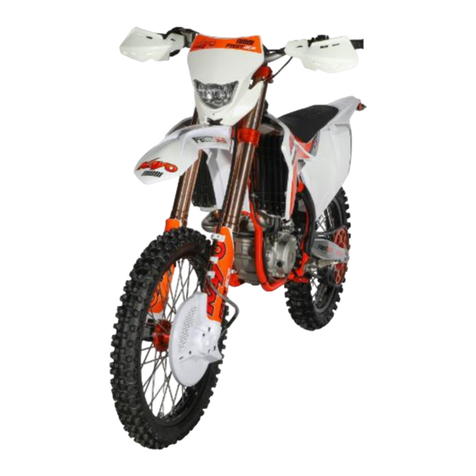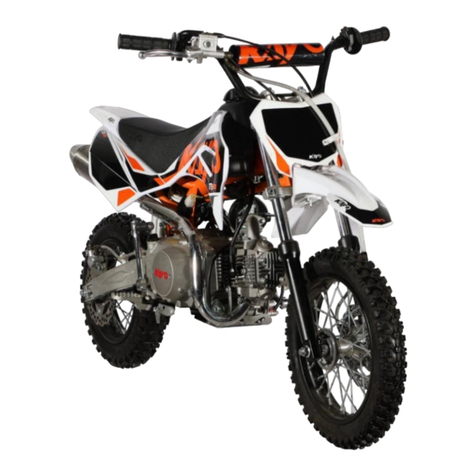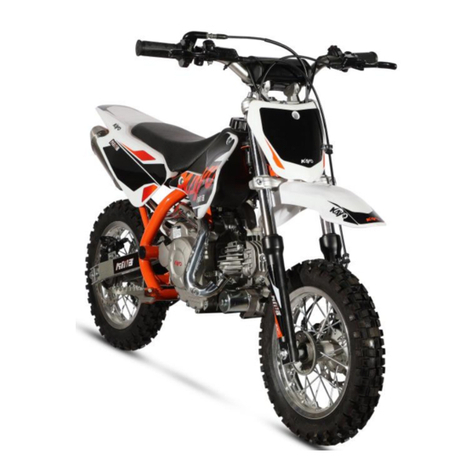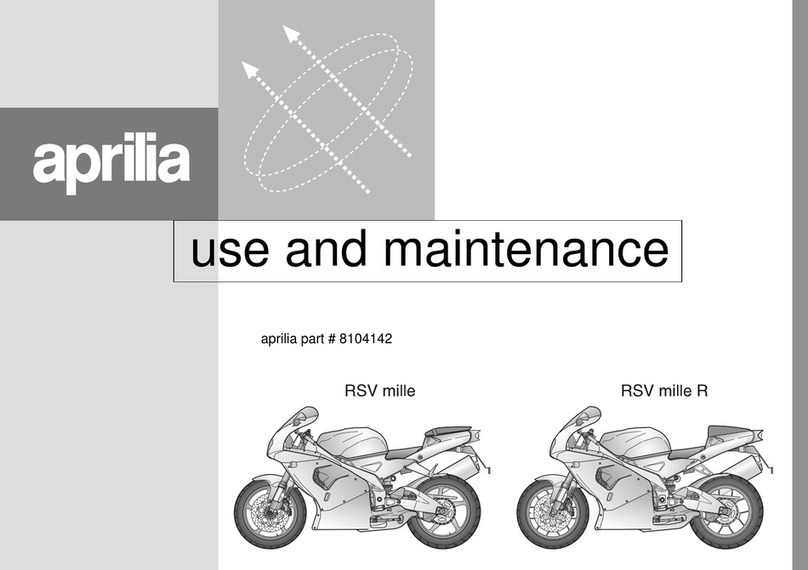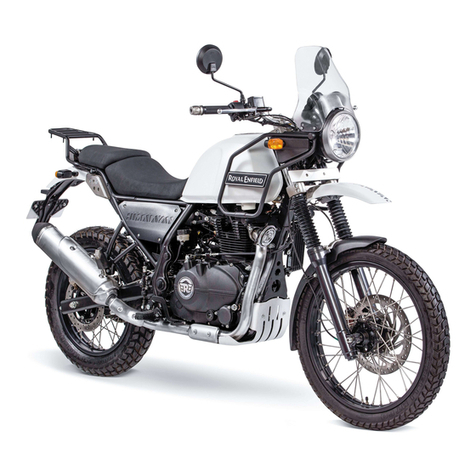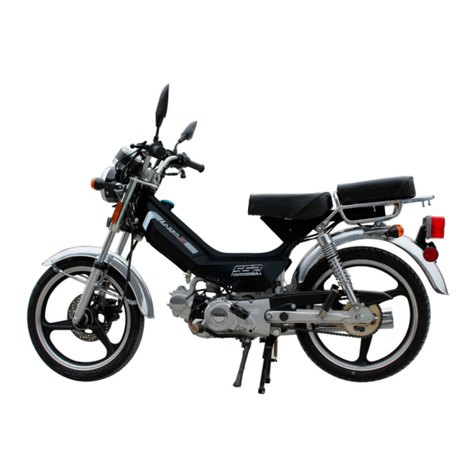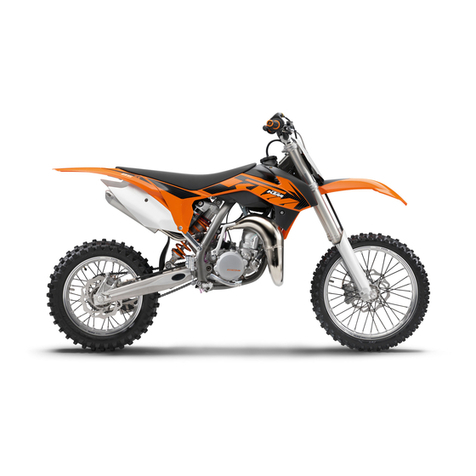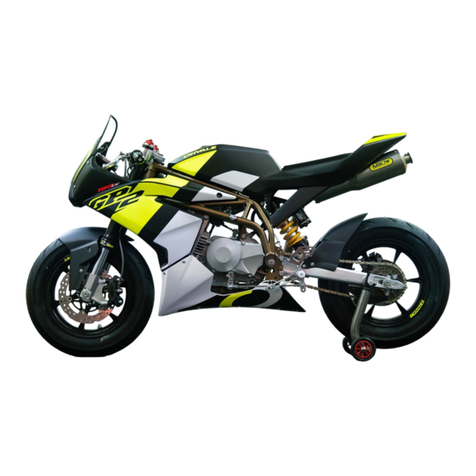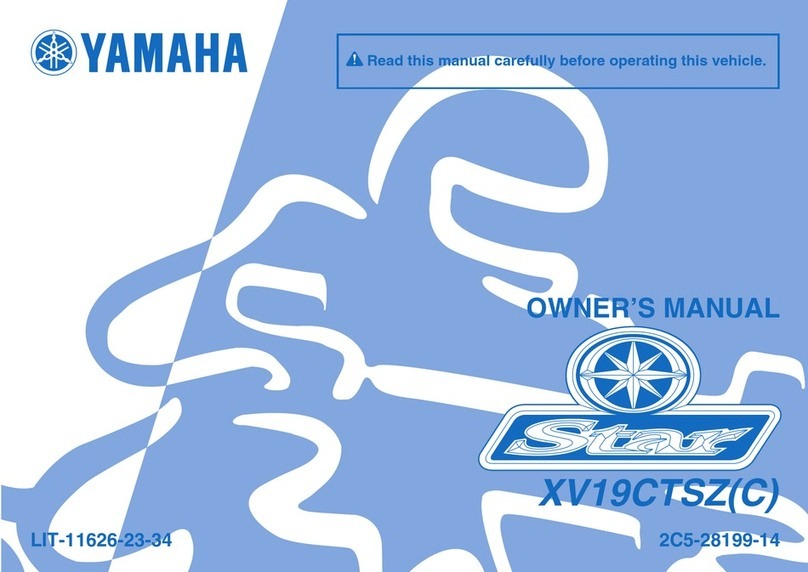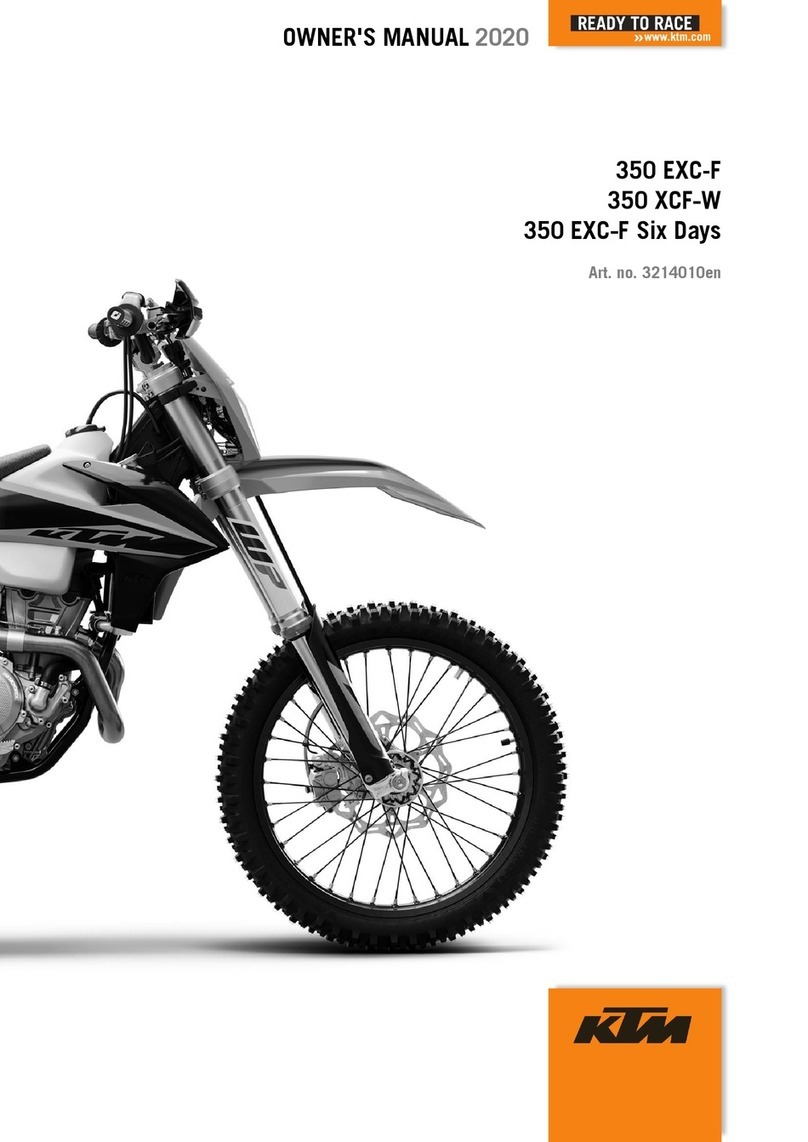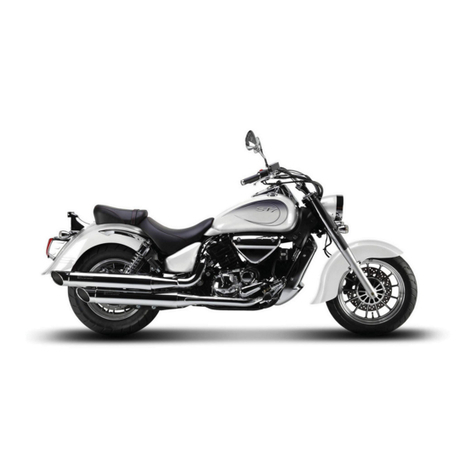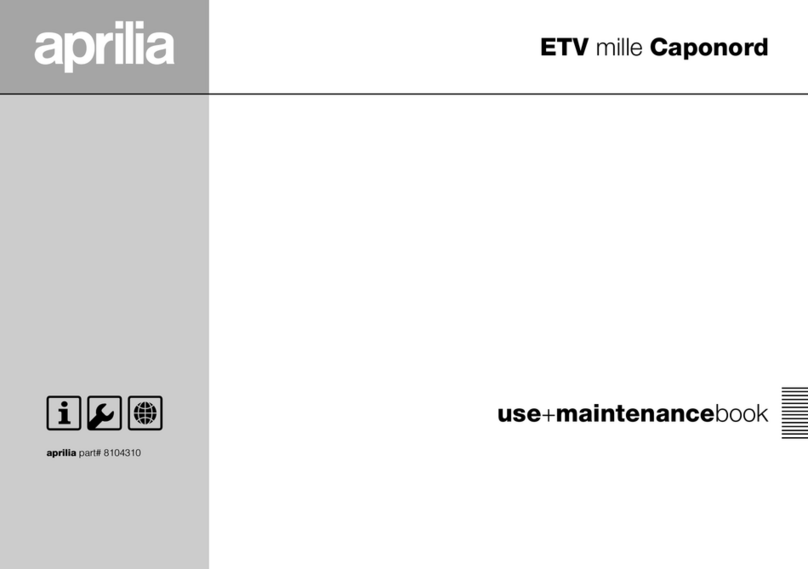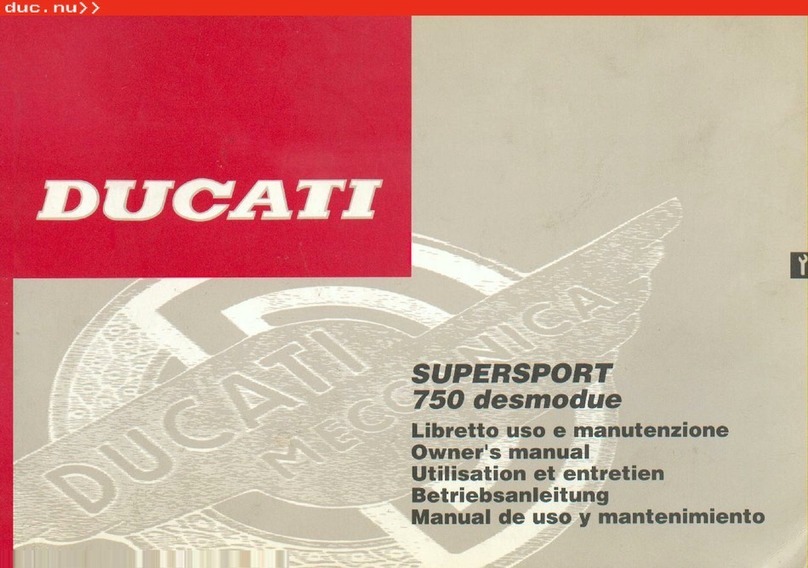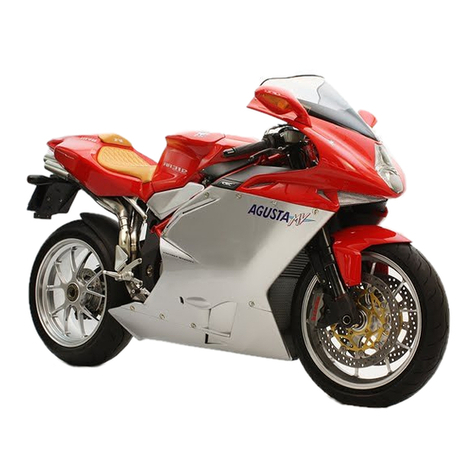
ZHEJIANG KAYO MOTOR CO., LTD.
www.kayomoto.com
agent should be blown off with compressed air before the measurement. Apply lubricating oil
on the moving surface before assembling.
7. When disassembling, check the necessary places and measure relevant data so that it
can be restored to the state before disassembly during assembly.
8. Fasteners such as bolts, nuts, and screws must be pre-tightened first, and then tightened
on the diagonal according to the specified tightening torque according to the principle of from
large to small, from inside to outside.
9. The rubber parts should be checked for aging during disassembly and replaced in
advance if necessary. In addition, since rubber parts are not resistant to gasoline, kerosene,
etc., try not to let volatile oils and greases adhere to them.
10. According to the requirements of the maintenance manual, apply or inject the
recommended grease on the designated parts.
11. Use correct special tools for disassembly and assembly operations.
12. The inner ring or outer ring of the ball bearing can be rotated by fingers to confirm
whether the rotation is flexible and smooth. If the disassembly method of applying force on
the ball is adopted during disassembly, the dismantled bearing should not be used again:
ngs that feel stuck in rotation should be cleaned, and those that still feel stuck
after cleaning should be replaced, and those that cannot be cleaned should be replaced
directly.
not tight after
disassembly, replace the bearing.
13. Bearings should be coated with oil or grease before assembling. Pay attention to the
installation direction when assembling single-sided dust-proof bearings. Open type or
double-sided dust-proof bearings should be installed with the manufacturer's logo and size
facing outward when assembling.
14. When installing the rectangular retaining ring, the chamfered side should face the
direction of force. Do not use the retaining ring that has been slackened and lost its elasticity.
After assembling, turn the rectangular retaining ring to confirm that it is firmly installed in the
groove.
15. After assembly, it is necessary to check whether each fastening part is tightened and
whether it works normally.
16. Brake fluid and coolant will damage the painted surface, plastic parts, rubber parts, etc.
Do not allow them to adhere to such parts, and rinse with water immediately in case of
adhesion.
17. The oil seal should be installed with the side with the manufacturer's logo facing outward
(the direction without oil):
scratching the oil seal lip.
18. When installing hose-like parts, insert the hose into the root of the joint. If there is a pipe
clamp, install the pipe clamp in the dent of the pipe. Replace the hoses that are not tight
during installation.





